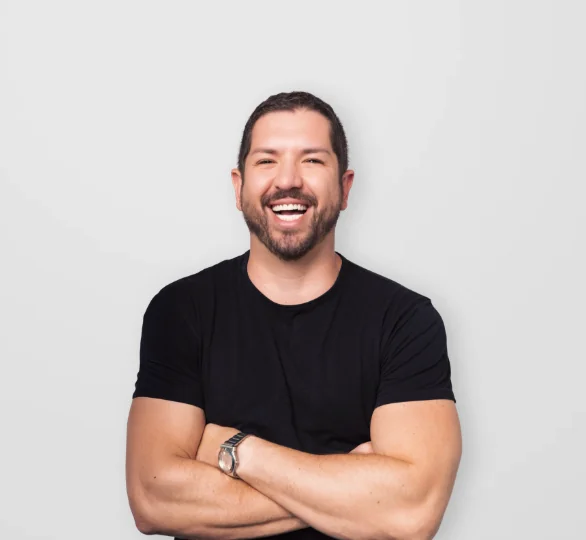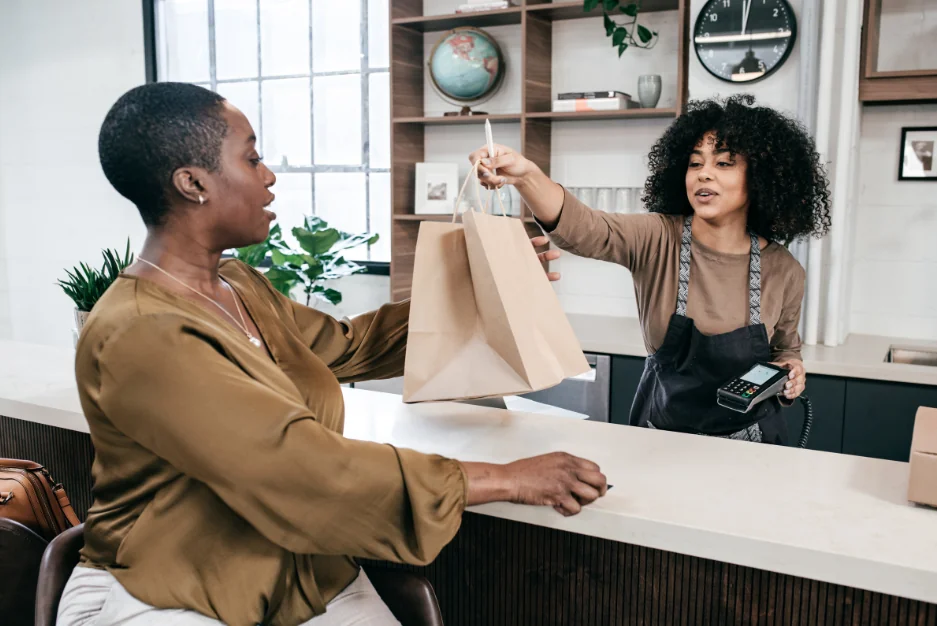When was the last time you bought something because of a billboard? Probably never. Now think about the last thing you bought because someone told you it was great. That’s referral marketing. Still the most powerful form of customer acquisition in 2025, and still wildly underused by most brands.
We all talk about customer trust like it’s some mystery. It isn’t. People trust people. Not slogans. Not slogans pretending to be people. That’s why referrals work. When someone we know says, “You’ve got to try this,” it cuts through all the noise.
But the referral link alone isn’t the strategy. What matters is how you structure it, when you activate it, and whether you actually make it easy for people to share. Let’s walk through what works and what doesn’t.
Start With the Human Part
A few years ago I was working with a DTC brand that had an almost cult-like following. Their customers raved about them online. But the referral numbers were underwhelming. After digging in, the problem was obvious. The brand never asked. They never reminded customers that referrals were even possible.
We fixed that with a post-purchase message that simply said, “Looks like you’re loving this. Want to share it with a friend?” Referral volume jumped immediately. No discount change. No new campaign. Just a better-timed nudge.
Referrals happen when someone feels good and sees a clear moment to act. That’s your job. Find the right moment and make the ask frictionless.
Build the Infrastructure First
Before you start tweaking your rewards or launching clever campaigns, make sure the basics are in place. Most programs fail because the foundation is shaky.
You need:
- A clean and simple way to share
- A visible reward system
- Post-purchase invites to refer
- Automatic tracking and fulfillment
This isn’t a side project. A good referral program is a growth channel. Treat it with the same seriousness as paid acquisition or email. If you want 10x ROI, you need the plumbing to support it.
Use Rewards That Actually Matter
Cash performs best. No surprise there. But the trick isn’t just in what you offer. It’s how you frame it and how easy it is to earn.
People don’t want to decode your incentive structure. They don’t want to wait six weeks or read five paragraphs to figure out what they’re getting. Give them something meaningful, make it instant, and show them how to get there in one click.
The best setup? Double-sided rewards. If both the referrer and the new customer win, participation rates skyrocket. Just make sure the offer makes sense for the customer you’re targeting. Gift cards don’t move the needle for high-value buyers. Store credit might. It depends.
Make It Shareable on the Platforms That Matter
In 2025, social is still the biggest lever you can pull for reach. But social sharing needs to feel native. That means links that work in Instagram bios, WhatsApp messages, and whatever comes after TikTok.
One brand I worked with tripled their referrals just by cleaning up their share copy and formatting links properly for mobile. No budget increase. No ad spend. Just thoughtful execution.
Social referrals work because the trust is already built into the network. Your job is to keep the tech out of the way.
Bake Referrals Into the Experience
There is no perfect referral moment. Sometimes it’s right after unboxing. Sometimes it’s a month later, when the customer gets their second order. Sometimes it’s the first time someone compliments the product in public.
You can’t predict every referral moment, but you can design for them. Create small surprise-and-delight moments. Add subtle prompts into your lifecycle emails. Make sure the referral option is never more than a few clicks away.
When the moment strikes, be ready for it.
Don’t Forget Where They Came From
There’s a powerful behavioral trick that almost no one uses. Just remind referred customers how they got there. A simple note like, “You joined us thanks to Alex. Want to pay it forward?” drives serious results.
We ran this kind of reminder for a client and saw a double-digit lift in referral activity. No extra reward. No special promotion. Just a little tap on the shoulder that said, “You’re part of something.”
This is how you activate what researchers are now calling referral contagion. It’s real. And it works.
Remove Every Bit of Friction
This is not where you want to be clever. This is where you want to be obvious.
- Use a dedicated landing page
- Make the sharing link visible and copyable
- Show the customer where they are in the process
- Automate fulfillment
I’ve seen programs fail because the confirmation email ended up in spam. Or because customers couldn’t tell if their friend actually signed up. You need to close the loop and keep it tight.
The smoother the flow, the higher the conversion.
Focus on the Right Customers
Not everyone will refer. That’s fine. Don’t waste time trying to turn lukewarm buyers into ambassadors. Instead, identify your high-potential referrers.
Look for:
- Repeat buyers
- Customers with high NPS scores
- People who already post about you online
- Past referrers
Segment them out and treat them like insiders. Give them first access. Offer better rewards. Test exclusive campaigns. Build a loop that rewards loyalty with more reasons to share.
Track the Metrics That Tell the Whole Story
Volume is a vanity stat. You want quality.
Track:
- Conversion rates from referrals
- Cost per referral acquisition
- Lifetime value of referred customers
- Number of secondary and tertiary referrals
What you’re looking for is efficiency. Referrals should outperform your other channels on ROI and retention. If they aren’t, you’ve got a targeting or process problem.
Keep It Honest
Referral marketing only works if people believe in what they’re sharing. This means:
- Great product experience
- No pressure to refer
- Clear and fair reward structure
- Authentic customer stories
- Real gratitude when they do share
If it feels like a scam, people will treat it like one. But when it feels like a natural extension of customer love, it spreads. That’s what makes referral marketing work. Not tricks. Not hacks. Just the right nudge at the right time with something people already believe in.
Referrals aren’t a growth hack. They’re a growth multiplier. Most of the ingredients are already sitting in your business. The trust. The community. The loyalty. You just have to unlock them.
And when you do, it won’t just be your acquisition costs that look better. It’ll be your whole customer ecosystem. Stronger. Stickier. And a lot more fun to grow.
About the Author:
Jeremy Foreshew is a full-stack marketer with deep expertise in customer-led growth. As Head of Marketing at Talkable, he helps DTC and eCommerce brands turn their customers into their most powerful acquisition channel. Jeremy writes about referral strategy, retention, and the future of word-of-mouth marketing. He has been featured in Forbes, TechCrunch, and HuffPost.




